Mulch used in parks and garden beds in the suburbs of Camperdown, Chippendale, Glebe, Pyrmont and Ultimo, all areas that surround UTS are currently being tested for possible asbestos contamination. This comes as cases of contaminated mulch continue to be reported across Sydney.
The City of Sydney is now testing several parks and garden beds surrounding UTS for the possible contaminated mulch: the Wattle & Broadway Resting Area located next to Building 11, garden beds surrounding the TAFE Ultimo Campus and UTS College Building on Mary Ann St with parts of Chippendale Green opposite Central Park Mall now cordoned off with tape.
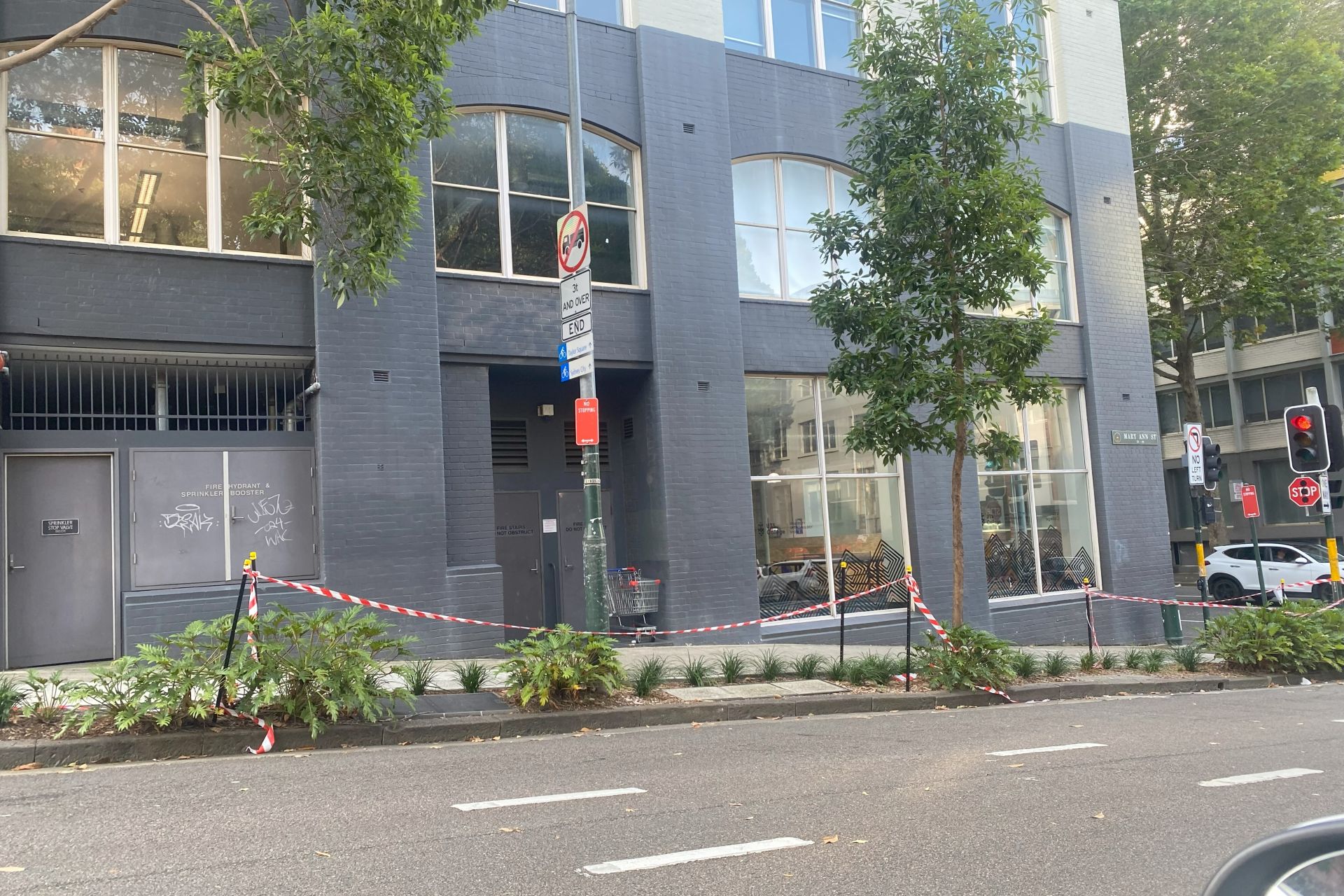
In January, mulch contaminated with asbestos was detected in 14 different locations across the newly built Rozelle Parklands. As of February, asbestos-contaminated mulch has been detected in 30 locations, spreading outside of Greater Sydney and into the Illawarra and Canberra.
The detection of the contaminated mulch has spiked panic and confusion across Sydney, proving detrimental for events scheduled in affected areas. Such was the case for the annual Sydney Gay and Lesbian Mardi Gras Fair Day Celebration which was cancelled after several large sections of Victoria Park in Camperdown were forcibly closed off due to the detection of asbestos in the parklands.
According to Honi Soit, across the road at the University of Sydney, Manning Road, Science Road and garden beds near the John Woolley Building are also being tested for possible asbestos contamination.
In a statement to Vertigo, a UTS spokesperson has said no contaminated mulch has been found on campus.
One cause of the asbestos contamination is the Greenlife Resource Recovery Facility, who the NSW Environmental Protection Authority (EPA) has issued a ban on the selling of mulch after it was found the company was responsible for the contaminated mulch discovered in Rozelle Parklands Greenlife Resource Recovery Facility specialises in producing mulch and other materials from different waste streams.
In a statement published on their website, Greenlife has said testing on their site has found no traces of asbestos. The company further stated that they have “no control over whether its products are mixed with other mulches, materials or existing soil that has been disturbed.”
Greenlife is set to appeal the EPA’s decision in the Land and Environment Court of NSW.
Asbestos is a naturally occurring fibrous mineral that was commonly used in building materials due to its cheap production and fire resistance until it was banned in Australia in 2003. Due to the tiny size of the fibre, inhaling asbestos can damage the lungs as well as increase the risk of lung cancer and mesothelioma.

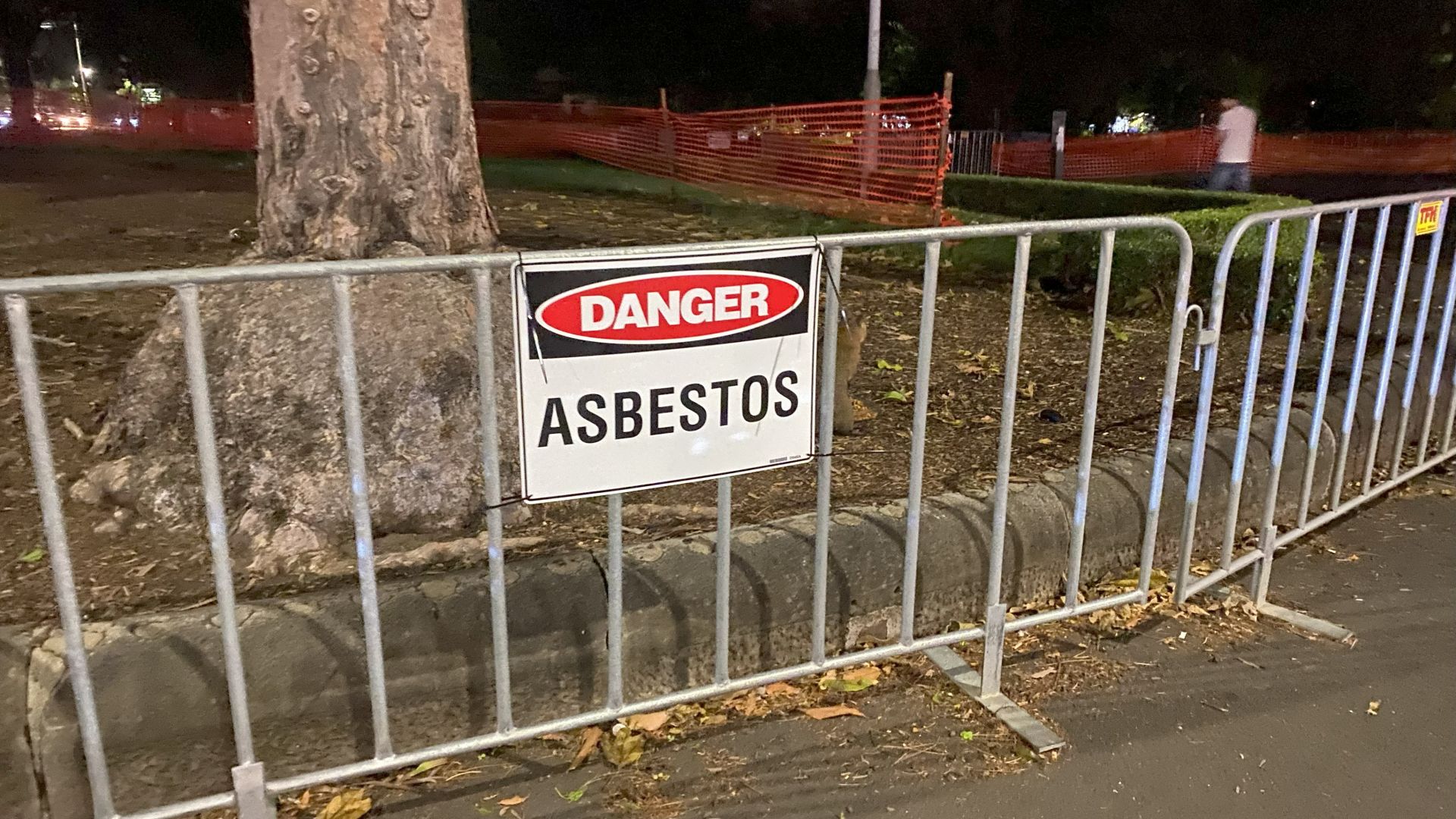
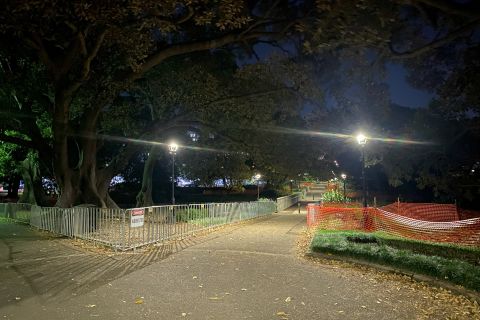
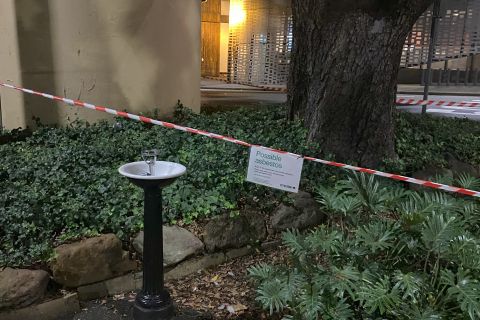
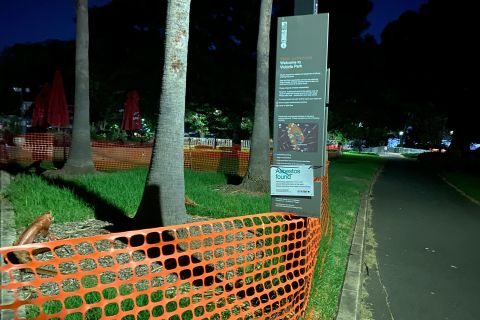
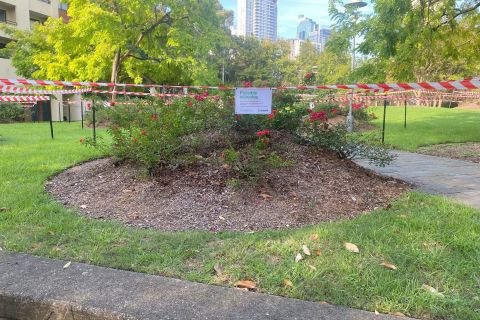
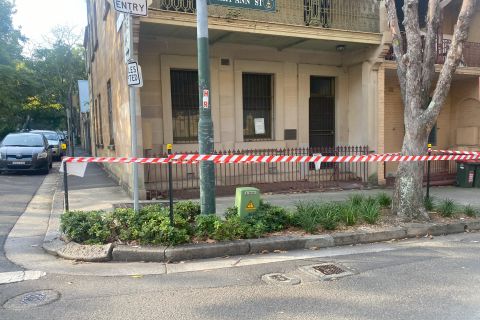
 -
-